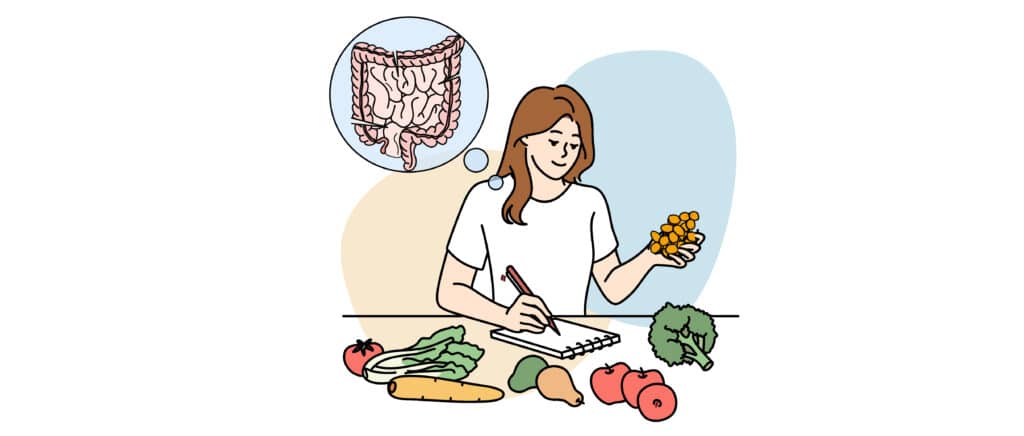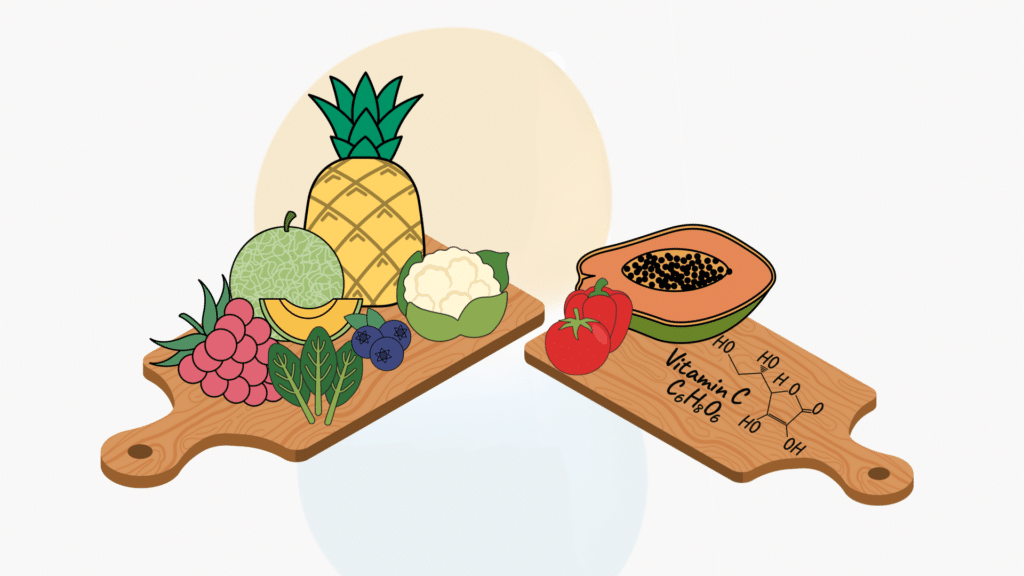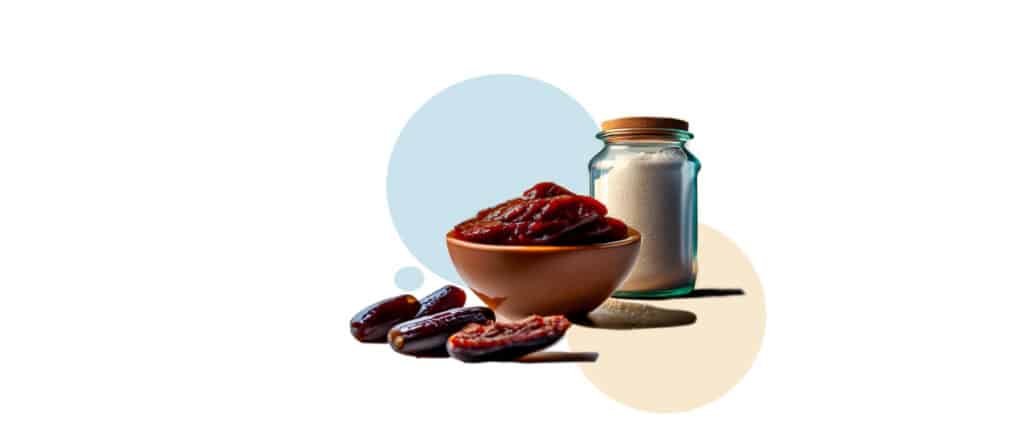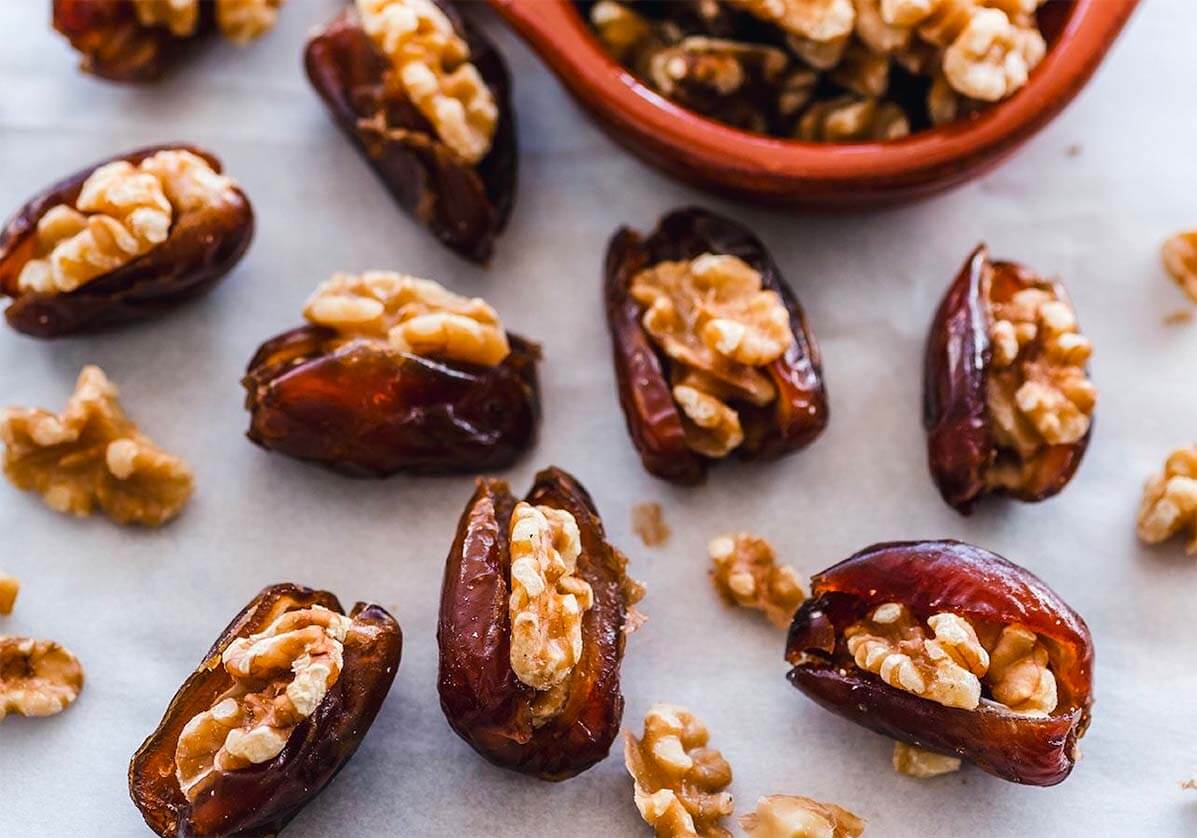Nourishing and Delicious: Harnessing the Power of Dates for Anemia Relief
- Date Benefits & Uses
- February 9, 2022
- 15 minutes read
Anemia is a condition caused by low iron levels in the blood.
Eating foods rich in iron, like dates for anemia, can help you increase your blood iron levels. This may improve anemic symptoms.
Examples of other iron-rich foods include organ meats, some fruits and vegetables, legumes, nuts, and seeds.
Do you know what foods help prevent anemia? Well, we are covering some of the best foods that can boost your iron levels and reduce symptoms of anemia. So, keep reading for all the details!
What is Anemia?
Anemia comes from the Greek word “anaimia,” meaning “lack of blood.” It’s a condition that can occur in people of all ages but is especially common in women and children.
The condition develops when your body doesn’t have enough red blood cells. This can be due to your body’s inability to make enough red blood cells, loss of too many red blood cells, or destruction of the red blood cells.
Symptoms of anemia vary depending on the severity of the condition. Some people don’t experience any symptoms. Others may experience fatigue, shortness of breath, lightheadedness, pale skin, or rapid heart rate.
Types of Anemia
There are different types of anemia, depending on the causes. The most common types of anemia include:
- Iron deficiency anemia is the most common type of anemia. It comes as a result of insufficient iron in the body.
- Anemia due to chronic disease is due to long-term illnesses like cancer, kidney disease, or liver diseases.
- Anemia due to blood loss can be caused by losing too much blood, heavy periods, surgery.
- Anemia due to lack of red blood cells affects people with genetic conditions that interfere with the production of red blood cells in the body.
- Anemia in pregnancy is from increased nutrient demands in pregnancy.
- Anemia due to malnutrition results from insufficient nutrients, such as iron, vitamin B12, or folate.
What Are the Best Foods to Eat When You Have Anemia?
If you have anemia, it’s important to eat foods high in iron. Iron is a mineral and a component of myoglobin and hemoglobin.
Hemoglobin is a protein that transports oxygen from the lungs to the rest of the body. Myoglobin is a protein that stores and transports oxygen, particularly in muscle tissues.
Iron helps your body make enough red blood cells. There won’t be enough red blood cells to carry oxygen without sufficient iron. This can lead to iron-deficiency anemia.
Vitamin C-rich foods are also great for anemia. Eating iron and Vitamin C foods together increases absorption of non-heme iron (iron obtained from plant sources).
Foods Rich in Iron
Not all iron is the same. Iron is classified into two types: heme and non-heme.
Heme iron is a type of iron found in blood and muscle tissue that the body readily absorbs. It is mainly obtained from animal sources.
Foods Rich in Heme Iron
Organ Meat
Organ meats like kidneys, liver, heart, and brain are among the best anemia-prevention foods to eat. They are packed with iron and other nutrients like B vitamins, protein, selenium, and copper.
A serving of fried beef liver (about 100g) consists of 6.1 mg of iron, delivering 34% of your recommended daily iron intake.
Meats
All meats provide some amount of iron. Generally, the darker the meat, the higher iron content it has. For this reason, red meat has more iron compared to leaner, white meat.
Beef is nutritious and a good source of iron. It is high in iron and nutrients like B vitamins, zinc, protein, and selenium. Eating 1 cup of beef stew provides 4.9 mg of iron. This delivers 27% of your recommended daily iron intake.
Different chicken cuts have different amounts of iron. One hundred grams of fried chicken liver, for example, provides about 56% of your daily value (10 mg). Other parts like chicken giblets and heart provide 36% and 50% of your daily value, respectively. Chicken breast gives you about3% of your iron’s daily value per one serving (100g).
Other meats like turkey also contain iron. Dark meat turkey (100g), for example, supplies about 1.4 mg iron.
Fish
Fish is a great source for people with low iron. It contains iron and other essential nutrients like omega-3 fatty acids, selenium, vitamin B12, and niacin.
Tuna is among the highest iron-rich fish, containing 1.4 mg of iron per 100g of oil pack, canned tuna. Other fish types with high iron content are mackerel, haddock, salmon, halibut, and sardines.
Shellfish
Shellfish is an excellent iron source and is healthy, delicious food. Different types of shellfish contain different amounts of iron. Oysters, mussels, and clams have the most iron. Eating 100g of clams, for example, gives you about 3.7 mg of iron (21% of daily value).
Foods Rich in Non-Heme Iron
The body does not readily absorb non-heme iron, mostly from plant sources. However, eating non-heme iron alongside foods high in vitamin C increases its absorption. Non-heme iron is primarily found in plant-based foods. Examples of foods rich in non-heme iron include:
Dried Fruits and Dates for Anemia
Dried fruits like dates, prunes, raisins, and apricots are good for people with anemia. Dates are considered “nature’s candy” and are also a source of plant-based iron. They also have other nutrients like vitamin C, protein, and calcium. All of these nutrients help improve iron levels. You can eat dates for anemia as they are or incorporate them in your meals, snack, or side dishes.
Legumes
Legumes such as lentils, peas, and dried beans can help improve iron levels. Lentils (1 cup cooked) contain 6.6 mg of iron, fiber, folate, proteins, and manganese.
- Beans – beans are rich in iron, with soybeans having the most iron, about 8.8 mg (49% daily value) per 1 cup cooked. Other beans, red kidney, and navy beans provide about 16% and 13% daily value per 100g serving.
- Peas – peas like black-eyed peas and chickpeas are also packed with iron. One cup of these peas provides about 4.6-5.3 mg of iron.
Vegetables
Vegetables are rich in both non-heme iron and vitamin C, a perfect pair for increased iron absorption. Vegetables with the most iron are:
- Green Leafy Vegetables – swiss chard, kale, collard greens, and spinach are all high in iron, supplying around 2.5-6.4 mg of iron per one cooked cup. Other iron-rich vegetables are cabbage and broccoli, containing 1-1.8 mg iron per cooked cup.
- Potatoes – potatoes supply your diet with both iron and vitamin C. A medium-sized cooked potato contains about 2 mg iron.
Nuts and Seeds
Nuts and seeds are a great snack! They are a source of iron and healthy fats. Examples of nuts with high iron content include cashews, almonds, macadamia, and pine nuts. Sesame, pumpkin, hemp, and flaxseeds are all great seed sources of iron.
Fortified Foods
Foods fortified with iron include fortified breakfast cereals, crackers, and whole grains. When shopping, check the label for cereals that contain at least 18 mg of iron per serving.
Foods Rich in Vitamin C
As mentioned, vitamin C increases your body’s ability to absorb non-heme iron. So, aim to eat non-heme iron foods together with vitamin C-rich foods. Examples include citrus fruits, strawberries, peppers, grapefruit, kiwi, and tomatoes.
How Can You Increase Your Iron Levels?
There are many different ways of increasing your iron levels. Easy methods include:
- Taking iron supplements (with doctor’s recommendation and medical supervision).
- Eating foods high in heme iron.
- Eating foods high in non-heme iron paired with vitamin C foods.
- Avoiding tea and coffee with meals.
- Limiting foods that contain oxalates, such as beets and kales. These foods decrease iron absorption
- Limiting foods that contain calcium like milk. Calcium is shown to decrease iron absorption from both heme and non-heme iron.
- Avoid taking certain medications like antacids with iron supplements, as they can impair iron absorption.
The foods that can improve anemia are not just limited to animal products and organ meats. There are many other types of foods like dates, leafy greens, legumes, nuts, and seeds, which can all improve iron-deficiency anemia. In addition, these foods offer a variety of vitamins that will keep you feeling healthy!
Summary
Iron deficiency anemia is caused by insufficient red blood cell production in the body. Eating foods rich in iron can help you increase your iron levels, managing your anemia symptoms. Such foods include dates, meats, organ meats, legumes, fruits, vegetables, nuts, and seeds.
SCIENTIFIC INFORMATION:
- Oxalates – also called oxalic acid, are naturally found in plants and binds minerals. Oxalate has been associated with causing kidney stones.









